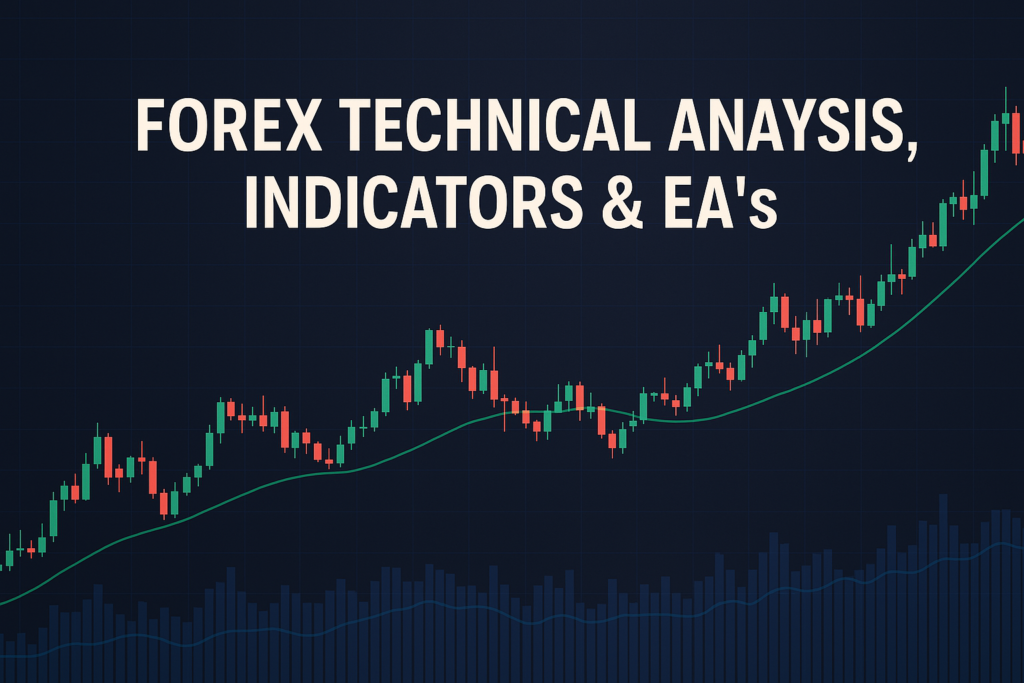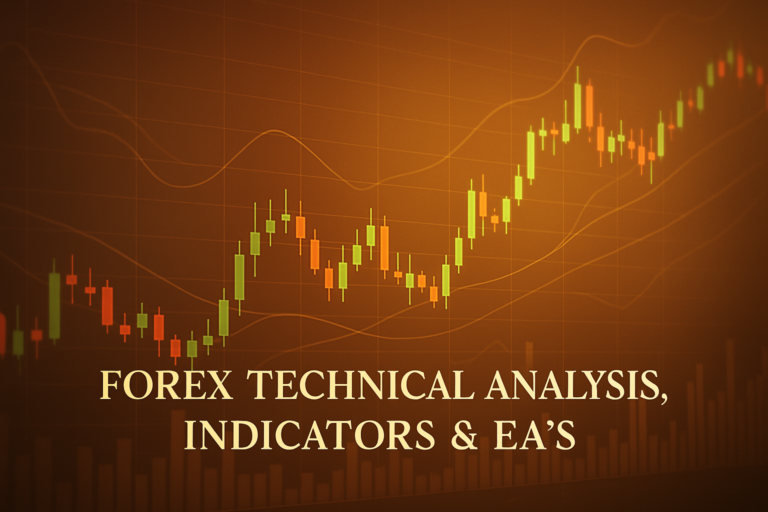
Different types of moving averages are essential tools for Forex traders seeking to identify trends and optimize their trading strategies.
In the world of Forex trading, understanding the different types of moving averages is crucial. These averages help traders analyze price trends and make informed decisions. Moving averages act like a compass, guiding traders through the sometimes stormy seas of the Forex market.
However, many traders, whether beginners or experienced professionals, often struggle with moving averages. They can be confusing at first, and selecting the right type may feel daunting. But don’t worry! Understanding moving averages can empower you to navigate the Forex waters with confidence. This article will uncover the mystery behind different types of moving averages and their importance in your trading journey.
We will explore what moving averages are, their types, history, advantages, and disadvantages. Additionally, we will guide you on applying them to your trading strategy and share some effective trading strategies using moving averages.
In Forex trading, the forex trading spread is the difference between the buying and selling price of a currency pair. Understanding this spread is essential for maximizing your profits.
What is a Different Types of Moving Averages?
A moving average is a tool that helps smooth out price data over a specific period. Think of it like a rolling average that gives you a clearer picture of a currency’s trend. For instance, if you look at the price of a currency over the last ten days, a moving average takes that data and averages it, creating a line that follows the price trend. This way, you can easily spot whether the price is going up or down.
Types of Different Types of Moving Averages
There are several types of moving averages, but the most common ones are:
- Simple Moving Average (SMA): This is the simplest type. It averages the prices over a specific period. For example, a 10-day SMA adds up the last ten closing prices and divides by ten.
- Exponential Moving Average (EMA): This type gives more weight to recent prices. It reacts faster to price changes than the SMA.
- Weighted Moving Average (WMA): Similar to EMA, but it gives different weights to each price. More recent prices have a heavier impact.
How Different Types of Moving Averages Smooth Out Price Action
Moving averages help to smooth out price fluctuations, which can be noisy and chaotic. By doing this, they create a more stable trend line that traders can follow. For example, during a volatile market, the price may jump up and down. But when you apply a moving average, it filters out those jumps, showing you the overall direction of the price. This helps traders make better decisions on when to buy or sell.
Common Periods Used and Why
Traders commonly use specific periods for moving averages, such as 10, 20, 50, and 200 days. A 10-day moving average is good for short-term trends, while a 200-day moving average helps identify long-term trends. These periods are popular as they balance responsiveness and reliability, giving traders a clearer picture of market movements.
The History of Different Types of Moving Averages: How It Became Popular
Origin of Different Types of Moving Averages
The concept of moving averages has been around for a long time, but it gained popularity in the early 20th century. Pioneers like Charles Dow introduced these tools to help traders analyze market trends more effectively. They realized that by averaging prices over time, it became easier to spot patterns and make predictions.
When Did Traders Start Using It Widely?
By the 1970s, moving averages became a standard tool among traders. The rise of computers made it easier to calculate and plot these averages on charts. As more traders adopted this method, it became essential for both beginners and professionals in Forex trading.
Real-Life Stories
Many professional traders have credited moving averages for their success. For instance, one trader used the 50-day EMA to identify a strong upward trend in a currency pair. By following this trend, he made significant profits. These stories remind us that understanding different types of moving averages can lead to successful trading outcomes.
Advantages and Disadvantages of Different Types of Moving Averages
Advantages:
Different types of moving averages offer several benefits:
- Helps Identify Trends Easily: Moving averages make it simple to spot whether a currency is in an uptrend or downtrend.
- Useful for Dynamic Support and Resistance: They can act as support and resistance levels, helping traders decide when to enter or exit trades.
- Works Well for Crossover Strategies: Traders often use moving averages in crossover strategies to signal buy or sell opportunities.
Disadvantages:
However, there are also some drawbacks:
- lags Behind Price Movements: Moving averages may not react quickly to sudden price changes, leading to missed opportunities.
- Can Give False Signals in Sideways Markets: In ranging markets, moving averages can produce misleading signals, making it hard to determine the right time to trade.
How to Apply Different Types of Moving Averages on MT4 & MT5
Step-by-Step Guide to Adding Different Types of Moving Averages on Charts
Using moving averages on MT4 or MT5 is simple. First, open your trading platform and load the chart of the currency pair you want to analyze. Next, go to the “Insert” menu, select “Indicators,” then “Trend,” and finally choose “Moving Average.” This action will place the moving average line on your chart.
Customizing Different Types of Moving Averages Settings
You can customize the moving average settings by double-clicking on the line. This allows you to change the period, color, and type (SMA, EMA, WMA). Adjust these settings according to your trading strategy for better results.
Saving Templates for Easy Application
Once you have your moving averages set up, you can save your chart as a template. Right-click on the chart, select “Template,” and then “Save Template.” This way, you can easily apply the same settings to other charts in the future.
5 to 7 Trading Strategies Using Only Different Types of Moving Averages
All-Time Frame Strategy (M5 to D1)
This strategy uses a combination of short and long-term moving averages. For example, you might use a 10-day SMA and a 50-day SMA. When the 10-day crosses above the 50-day, it’s a buy signal. Conversely, if it crosses below, it’s a sell signal.
Trending Strategies
In trending markets, using a single moving average can be effective. For instance, if the price is above the 50-day EMA, you can look for buying opportunities. If it’s below, focus on selling.
Counter Trade Strategies
Counter-trend trading involves betting against the current trend. For example, if the price is in a strong uptrend, you may look for short positions when the price retraces to the 20-day SMA.
Swing Trades Strategies
Swing traders can benefit from moving averages by using them to spot potential reversal points. For instance, if the price bounces off the 200-day SMA, it could indicate a buying opportunity.
5 to 7 Trading Strategies Combining Different Types of Moving Averages with Other Indicators
All-Time Frame Strategy (M5 to D1)
This strategy combines moving averages with the Relative Strength Index (RSI). Use a 20-day SMA and apply the RSI. Buy when the price is above the SMA, and the RSI is below 30. Sell when the price is below the SMA, and the RSI is above 70.
Trending Strategies
Combine a 50-day EMA with MACD. Buy when the MACD line crosses above the signal line while the price is above the 50-day EMA. Sell when it crosses below, and the price is below the EMA.
Counter Trade Strategies
Use moving averages with Bollinger Bands. If the price touches the lower band while below the moving average, consider a buy. If it touches the upper band while above the moving average, consider a sell.
Swing Trades Strategies
Combine moving averages with Stochastic Oscillator. Buy when the price is above the 50-day SMA and the Stochastic is below 20. Sell when the price is below the 50-day SMA and the Stochastic is above 80.
In Forex trading, having a solid fx trading system is essential for success. Ensure you have a well-defined strategy and practice before trading with real money.
Top 10 FAQs About Different Types of Moving Averages
1. What is the main purpose of moving averages?
The main purpose is to smooth out price data and identify trends, helping traders make informed decisions.
2. How do I choose the right type of moving average?
Consider your trading style and timeframe. Short-term traders may prefer EMAs, while long-term traders may opt for SMAs.
3. Can moving averages predict future prices?
They cannot predict future prices but can help identify trends and potential reversal points.
4. Should I use multiple moving averages?
Yes! Using multiple moving averages can provide more signals and help confirm trends.
5. What is a moving average crossover?
A crossover occurs when a shorter moving average crosses above or below a longer moving average, signaling potential buy or sell opportunities.
6. Can moving averages be used in any market?
Yes, moving averages can be applied in Forex, stocks, commodities, and other financial markets.
7. How do I avoid false signals with moving averages?
Combine moving averages with other indicators to confirm signals and reduce false positives.
8. What is the best moving average period?
There is no one-size-fits-all answer. It depends on your trading strategy, but common periods are 20, 50, and 200 days.
9. Can I use moving averages on lower timeframes?
Yes, moving averages can be effective on lower timeframes, but they may produce more noise.
10. How can I improve my trading with moving averages?
Practice using moving averages in a demo account to refine your strategies before trading with real money.
Conclusion
Understanding different types of moving averages is essential for successful Forex trading. They help you identify trends, set dynamic support and resistance levels, and develop effective trading strategies. Remember, practice makes perfect! Test your strategies in a demo account before risking real money.
By mastering different types of moving averages, you can enhance your trading skills and make more informed decisions in the ever-changing Forex market.
Curious about real-world applications of this strategy? Dive into NerdWallet, World Bank
Expand Your Knowledge
- 📌 Forex Trading Learning Road Map
- 📌 Forex Trading Course with no Fees
- 📌 Forex Trading Issues, Problems, and Solutions
- 📌 Forex Daily Forecast & Live Updates
- 📌 Forex Fundamental & News Analysis: Tomorrow’s Market Movers & Trade Opportunities
- 📌 Forex Education Hub: Learn & Profit
- 📌 Forex Technical Analysis, Indicators & EA’s
Start Trading Today
Ready to take your forex trading to the next level? Open an account with Exness, one of the most trusted platforms in the industry. 👉 Sign Up Now and trade with confidence!
My recommended broker stands out with ultra-low spreads for beginners, instant withdrawals, and zero spread accounts for pro traders.
Trusted since 2008, lightning-fast execution, no hidden fees, and a secure, transparent trading environment—giving you the edge you need to succeed. 🚀
YouTube Video Library: Related Videos
Note: The video above is embedded from YouTube and is the property of its original creator. We do not own or take responsibility for the content or opinions expressed in the video.



